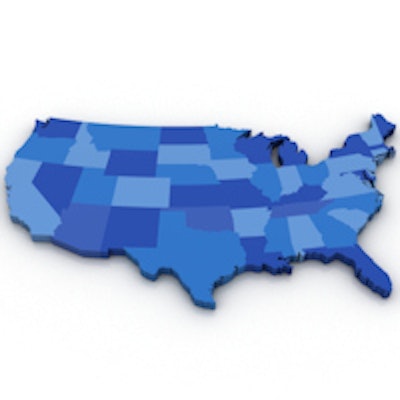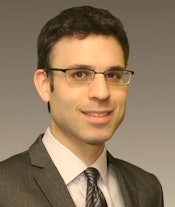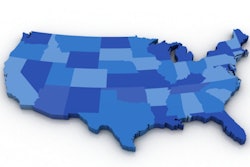
Should the number of radiologist trainees be reduced to address an oversupply in the workforce? Not so fast, say the authors of a new paper in Radiology. They believe that correcting geographic imbalances could be a more effective strategy than a broad-based reduction in resident training spots.
The job market for newly minted radiologists has fallen on hard times. After a period in which radiologists were among the most sought-after specialists in healthcare, new radiologists for the past several years have had a difficult time finding jobs in their chosen areas. Many have opted for additional training to delay their entry into the workforce and make themselves more competitive.
 Dr. Andrew Rosenkrantz from NYU Langone Medical Center.
Dr. Andrew Rosenkrantz from NYU Langone Medical Center.The situation has led to calls to reduce the number of radiologists being trained, even amid signs that fewer medical students are choosing to enter radiology programs. To investigate workforce changes and better inform the debate, a team led by Dr. Andrew Rosenkrantz of NYU Langone Medical Center analyzed federal data to detect trends in radiologist employment (Radiology, October 28, 2015).
The researchers found that the number of radiology trainees in the U.S. grew 84.2% during the study period, from a low of 3,080 trainees in 1997 to 5,674 trainees in 2011. In addition, the total number of radiologists grew 39.2% over a slightly longer period, from 27,906 radiologists in 1995 to 38,875 radiologists in 2011.
That may seem like a big increase, but it's not out of line with overall growth in the healthcare workforce. In fact, the share of radiologists in the overall physician workforce actually declined by 8.8% over the study period, from 4.0% in 1995 to 3.7% in 2011. The number of radiologists per 100,000 population increased just slightly.
However, the study showed big geographic variations in the growth of the radiology workforce around the U.S. In general, rural regions tended to lose radiologists, while more urban areas tended to gain them. The percentage of radiologists in rural areas fell by 14.2%: In 2004, 9.5% of radiologists were practicing in rural areas, but in 2012 that number had fallen to 8.1%.
In addition, the group found evidence that fewer medical students are picking radiology: In 2011, 3.7% of all first-year postgraduate trainees were enrolled in a diagnostic radiology program, a number that fell to 2.7% just two years later, in 2013.
Taken together, these last two trends point toward a disturbing future in which some regions of the U.S. could actually see a shortage of radiologists, especially given a 2014 study that hinted at a rebound in imaging volume in 2011.
"If that one-year reversal represents the beginning of a trend, and imaging volumes again begin to rise, then radiologists' decreasing share of the overall physician workforce could likely adversely affect their ability to expand service capacity and result in regional, if not national, patient-access challenges," the authors wrote.
Given these broad trends, the authors proposed that efforts to balance the radiologist workforce should focus less on reducing residency spots and more on incentives to spur radiologists to work in more rural areas.
"Because of strong geographic variation in the U.S. radiologist workforce, efforts toward sensible geographic redistribution may be as appropriate, if not more appropriate, than efforts to adjust the overall national workforce size," the authors concluded.



















